How to reduce salesforce licenses costs the smart way
Salesforce is a super powerful tool but it can be overwhelming, and it's expensive. We’ll show you how a hybrid approach might enable you not only to optimize your costs drastically but also to bring a better solution to your sales team.
Last update on July 9
This article is for you if:
- You use Salesforce with a large team of SDR/BDR (Sales/Business development representatives) and you want to reduce the amount of money spent on Salesforce
- You’re a Salesforce integrator and you want a cost-effective solution for projects with lots of BDR/SDR
- You’re a company with 5-30 sales reps and you’re thinking about implementing Salesforce for your sales team but still open to alternatives.
Salesforce is 20 years old this year. It’s seen as a SaaS behemoth and is widely considered to be a pioneer of the sales CRM. For many businesses that use it, it brings value and can be a core tool for any sales-focused organization. There’s just one problem that any customer of Salesforce will be well aware of: it's expensive. Not only is it expensive, but it’s also built in such a way that it becomes incredibly hard to reduce the cost of it once you decide it’s costing too much.
This article outlines one specific way businesses can optimize their use of Salesforce; both in terms of money spent, and improving how sales teams use dedicated tools to do what they do best: turning prospects into customers.
Salesforce is powerful but comes at a cost
Salesforce is a powerful but complex tool to use. There are countless features you pay for yet your team likely doesn’t even use, especially the BDR - the sales team doing cold calls.
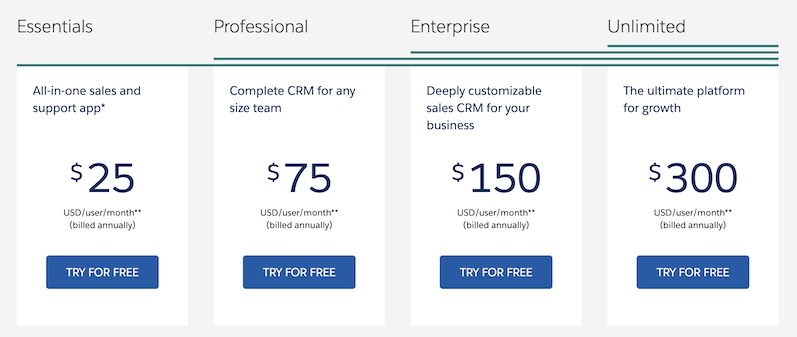
If you use the Unlimited tier, it’s going to cost you a staggering $3600, per user every year.
Reduce costs using Salesforce & noCRM
Salesforce is popular for a reason - it handles the complex part of closing deals extremely well. That complexity of the product is primarily impactful with closing deals especially when you have a complex pricing model that needs a lot of info from internal IT. It’s not the case for your BDR/SDR team - not only do BDRs not require complex features, but these features can even slow them down.
BDRs need one thing, and one thing only to efficiently increase output: automated simplicity.
This is where noCRM.io comes in. A simple sales tool with high integration capabilities, used by over 11k salespeople across 80 countries to manage their leads. It’s a product to drive focus on one thing only - the next action. Which prospects need to be called right now, today.
The solution?
Simple: your BDRs should only use noCRM, whilst the rest of the sales team uses Salesforce. To make it efficient you need to connect both tools using our open-source middleware (explained in detail later in the article) so you avoid double entries.
Not only will this reduce your Salesforce license cost, but your BDRs are going to be working more efficiently.
More efficient BDRs = more sales.
Why is this a good thing for BDR teams?
BDRs are very intensive in calling, they need to efficiently call cold prospects one after the other. Most of the time they’ll follow a script, they’ll need to log information about their prospect, and then book a meeting between the prospect and an account executive that will handle the deal and hopefully close it.
noCRM.io has been built with 100% focus on sales teams, and it brings plenty of benefits for BDR teams:
- noCRM is super easy to use with no time-consuming onboarding required, everything is natural. All prospects are easily accessible in a fast, interactive, and well-designed interface.
- It includes a sales script builder - allowing you to build powerful, custom sales scripts in seconds and capture the data from your cold prospects.
- It has VoIP integration with major players (Ringcentral, Aircall, Ringover, Justcall …) allowing you not only to have click-to-call from your prospect list but also to automatically log the call recording on the prospect's history.
- It comes with an extensive API and strong no-code capabilities to inject hot leads or cold prospects from any source and connect to any other web tool.
- Once a cold prospect is qualified, noCRM allows BDRs to easily turn it into a deal and assign it to an account executive in a click, with the next follow-up action set.
How do I connect noCRM to Salesforce?
Each situation has its own specificity, so you will have to develop that part to fit your needs (and become a competitive asset if you’re an integrator), BUT you can start your work based on our open-source middleware.
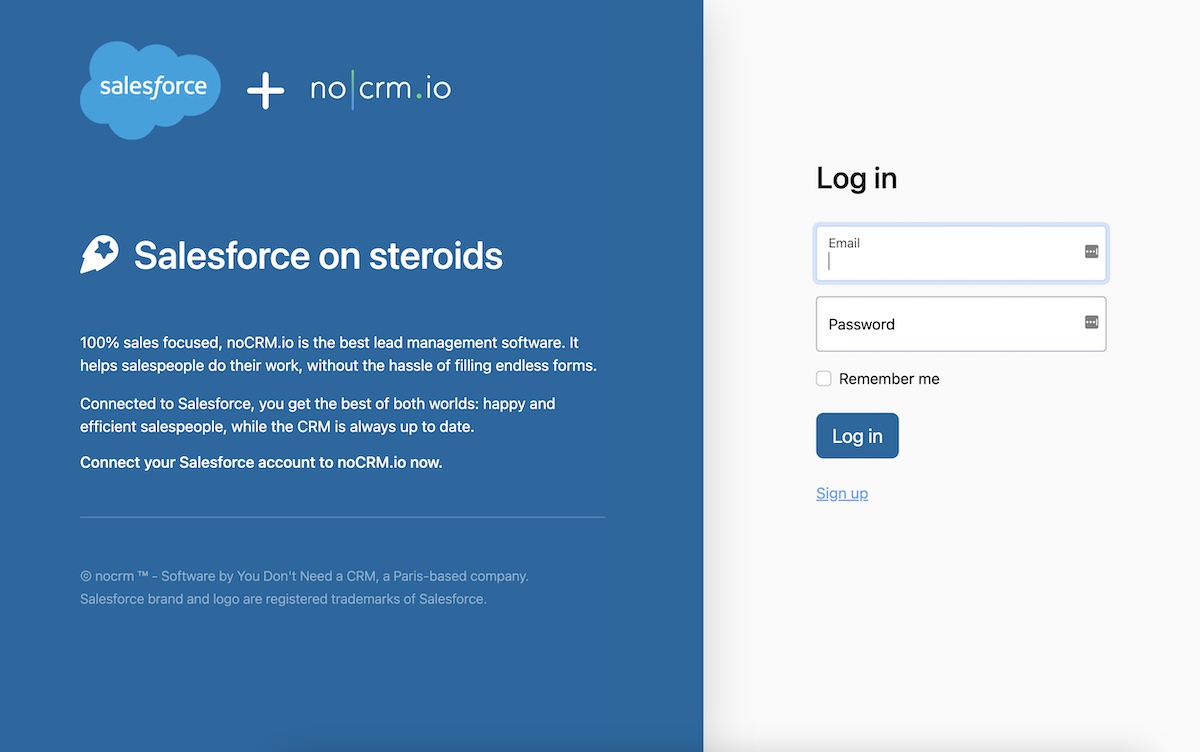
This noCRM-Salesforce middleware is available on GitHub here and is completely free to use, copy and modify. It’s written in Ruby on Rails and is a working proof-of-concept of the noCRM-Salesforce integration. Based on this, we recommend that you have your own written in your language of choice, but you can start playing with our solution to understand the main concepts.
If you’re an integrator, there’s good news - we’ll be happy to guide you through the build, and as an added perk, we can add you to our partner program too.
For the time being, the synchronization just works one way: sending information from noCRM through to Salesforce because it’s the natural flow of data. You start outside of Salesforce for the “easy” outbound call part and then you assign the deal directly in salesforce.
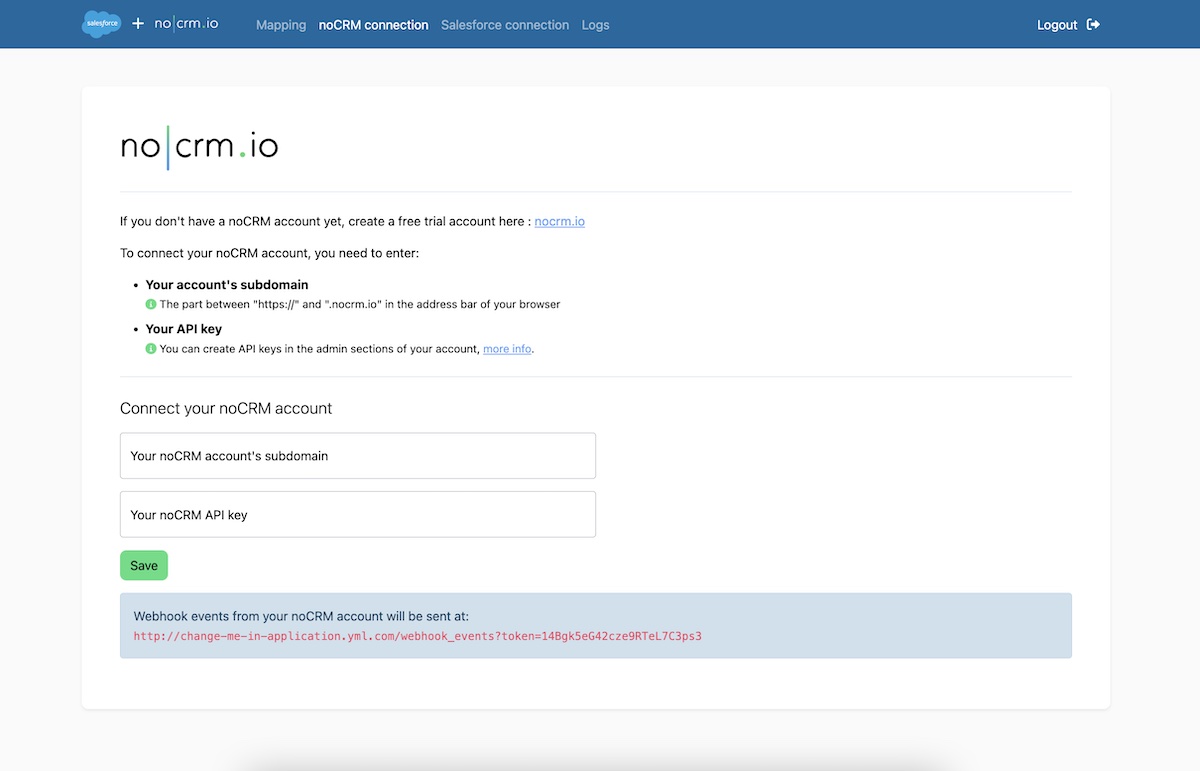
Once you have the bridge application up and running, you just need to enter your noCRM & Salesforce credentials. A webhook is then created in noCRM, so when a lead is created or an action is performed on a lead, the information is automatically sent to Salesforce.
Once you’ve reached this part, you will just have to map your noCRM fields and steps to match your Salesforce ones.
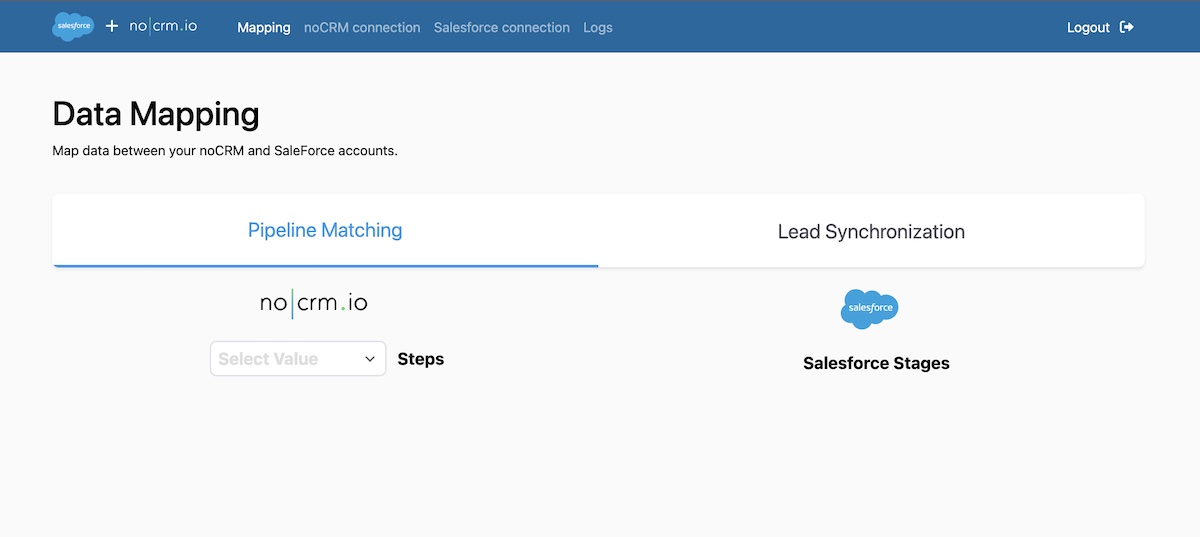
The interface of the middleware makes this very simple to do - you just have to map noCRM “Steps” with Salesforce “Stages”, and map all of the noCRM fields to the appropriate fields on Salesforce.
When you create a lead in noCRM it will try to find or create 3 objects in Salesforce:
- an Account (company)
- a Contact
- an Opportunity
The id of noCRM’s lead will be stored as an external field in the Salesforce opportunity for easy synchronization.
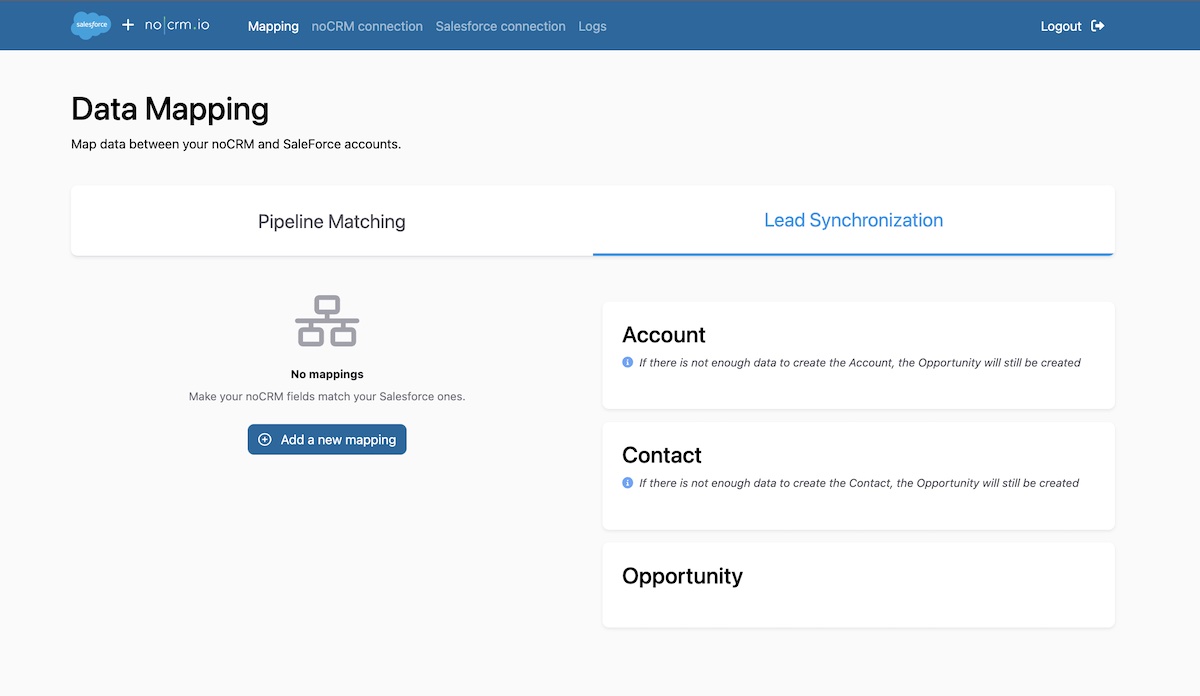
Once you have completed these steps, any action on a lead in noCRM will be pushed to Salesforce.
Conclusion on building a hybrid approach to reduce Salesforce costs
Structuring your Salesforce strategy to include noCRM at the cold-calling stage will have a significant impact on both your sales team, as well as your business. The steps in this article allow you to:
- Build a high-value cost-effective solution
- Use a more efficient tool for BDR - and it’s easy to learn and to use.
- You do not have to build any BDR/SDR interface, it’s already there for you
- No longer pay for expensive Salesforce licenses for people who don’t really need it. If you have a team of 30 BDR on the top Salesforce license the difference in license per seat is $268 per month, which means in total saving a staggering * $96,000 per year.*
Next steps
If you don't know yet about noCRM.io our lead management software you can start your free trial account by using the button below.
You can also contact us by email to discuss your project so we can help and guide you through your first steps.
Want to learn more about noCRM integration capabilities?
noCRM.io is exclusively focused on the sales process and helping salespeople achieve their goals. Unlike traditional CRMs like Salesforce, noCRM does not provide a company large set of features, for this reason, we have spent a lot of energy providing our users with great integration capabilities both through our API or no-code platform like Zapier or Make. You can find below our documentation on those matters as well as the list of apps we're integrated with: